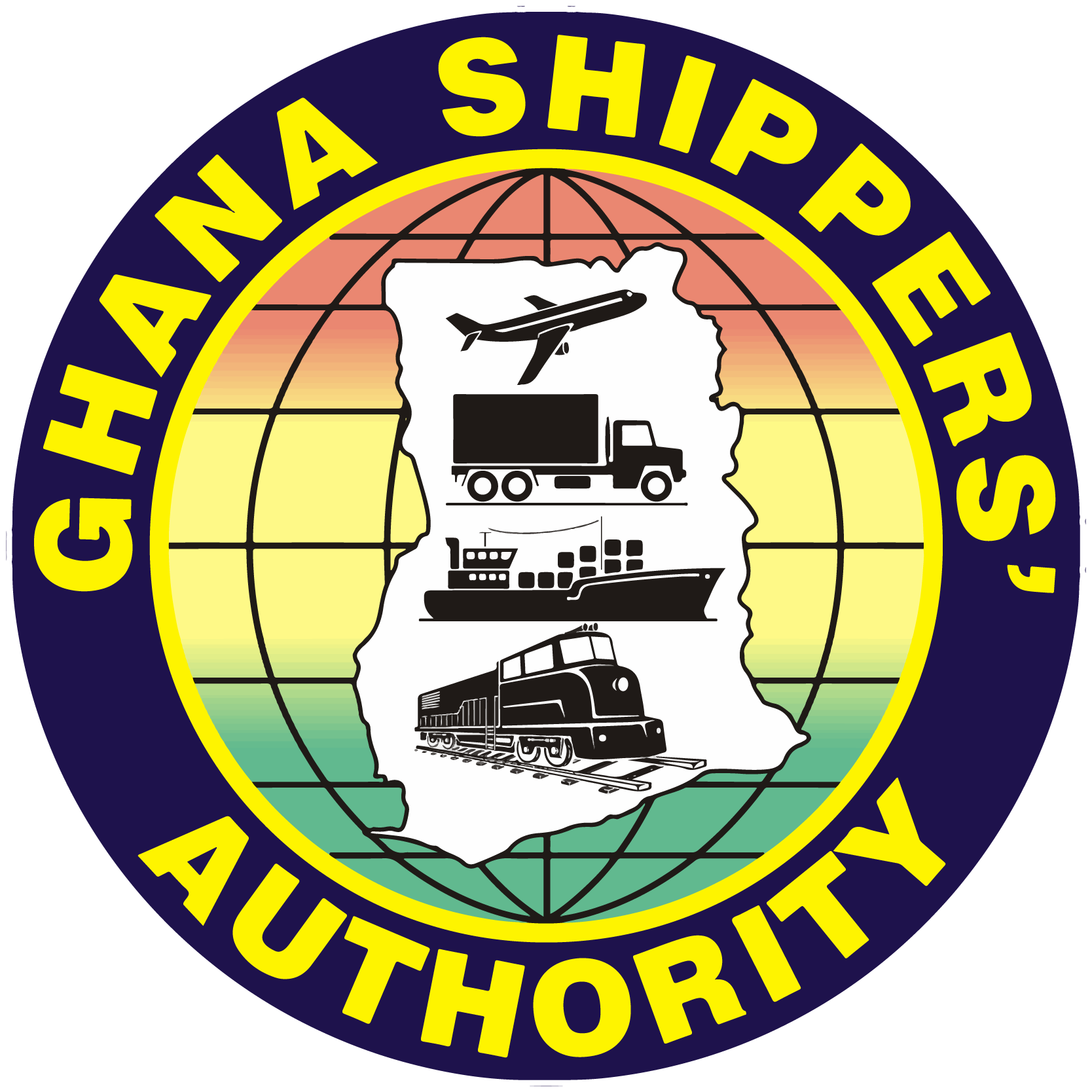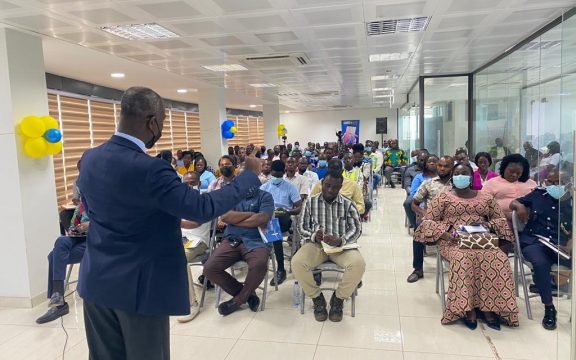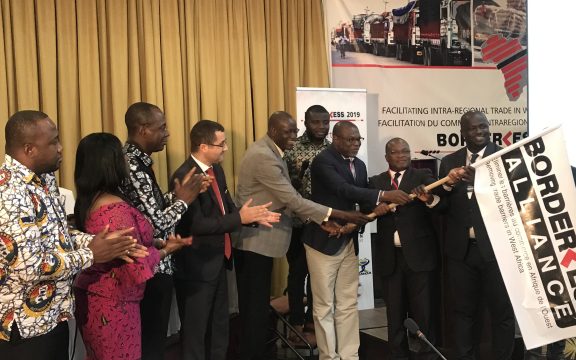The World Trade Organization (WTO) Trade Facilitation Agreement entered into force on 22nd February 2017, following the notification of the agreement by 112 member states constituting more than 2/3 of the required notifications needed to get the agreement into force.
The WTO Members concluded negotiations on a landmark Trade Facilitation Agreement (TFA) at their 2013 Bali Ministerial Conference.The TFA contains provisions for expediting the movement, release and clearance of goods, including goods in transit. It also sets out measures for effective cooperation between customs and other appropriate authorities on trade facilitation and customs compliance issues. It further contains provisions for technical assistance and capacity building in this area. The Agreement will help improve transparency, increase possibilities to participate in global value chains, and reduce the scope for corruption.
The TF Agreement is divided into three (3) sections
Section I:
The Trade Facilitation Agreement contains approximately 36measures set out in 12 Articles.
These are border-related procedures, processes and other obligations that governments will be required to implement. They will provide transparency of laws, rules and procedures, fairness in border agency decisions, streamlined clearance procedures, and help reduce administrative constraints on transit.
Section II:
This section contains provisions for technical assistance and capacity building.
WTO Members are required to undertake commitments under three Categories:
Category A: provisions that a developing country Member designates for implementation upon entry into force of the TF Agreement.
Category B: contains provisions that a developing country Member designates for implementation on a date after a transitional period of the time following entry into force.
Category C: contains provisions that a developing country member designates for implementation on a date after a transitional period of time following the entry into force of the TF Agreement and requiring the acquisition of implementation capacity through the provision of assistance and support for capacity building.
Section III:
Committees
This section establishes a permanent committee on trade facilitation at the WTO. It requires Members to have a national committee to facilitate domestic coordination and national implementation of the Agreement. It also contains provisions related to the overall implementation of the Agreement.
Ghana’s Commitment.
Ghana ratified the Trade Facilitation Agreement on 4th January 2017 as the 104th country to notify WTO.
Ghana identified seven (7) measures under category A, 5 measures were classified under Category B and 24 measures were identified under Category C.
As provisioned by the Agreement, Ghana has in place a National Trade Facilitation comprising all relevant organizations in the maritime and transport industry who meet quarterly at the ministry of Trade and Industry.
BENEFITS FOR THE SHIPPER
Trade Facilitation when fully implemented increases Developmental Goals. According to UNCTAD implementation of the agreement will
1. Reduction of Costs from 23% to 30%
5% time reduction at borders could increase intra-regional trade by 10% in sub saharan Africa.
One (1) day reduction in shipment time can increase trade flows by more than 1%
2. Increase in Income and Profits/Annual GDP
- TF can contribute to reducing the export and import prices. By reducing trade costs, prices to consumers and firms that import for production will decrease – leading to the increase in real incomes.
3. Benefit for SMEs and Multinationals
SMEs benefit from reduce trade transaction cost and time, they can depend on solutions by public administration more than multinationals
- TF can promote the entry into other markets for SMEs
- Enable them to specialise in tasks and new types of inputs
- Diversification of exports, cross border management
- ICT capacities and risk assessment
- Large firms benefit from infrastructure investment and road quality upgrading. They are more likely to take part in the Global Value Chains so they import and export more. Goods traded within the GVC are more sensitive to improvement in logistics performance than other goods
4. Other benefits in full implementation of TF
- Improve Governance
- Empower Women Entrepreneurs
- Strengthen Regional Integration
- Increase Revenue collection and security
- Minimize the incidence and complexity of import, export and transit formalities and decreasing and simplifies documentation requirements









